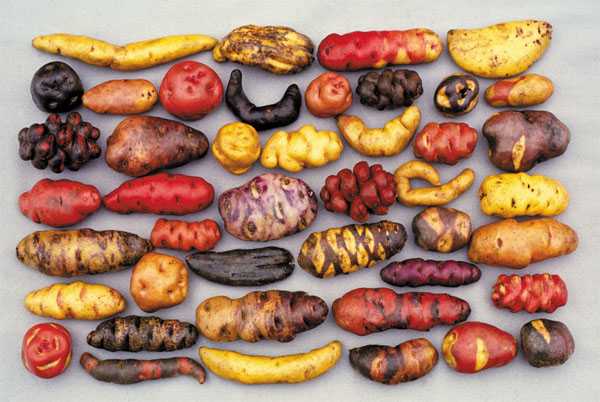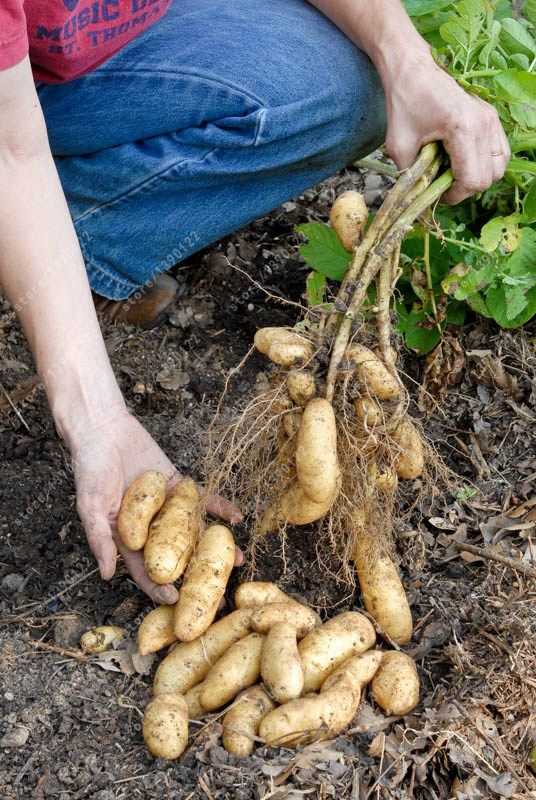NEW ON THE SHELF

Ido, the resourceful, talented chef of Ish Shel Lechem (“Bread Man”), has devoted the past months to creating two delectable gluten-free crackers, one based on hummus flour, and the other buckwheat-flour based. These new products join Ido’s renowned teff-flour cracker to form an outstanding gluten-free cracker trio, alongside an assortment of very special bakery products which contain gluten.

Another very special Chubeza associate, Shorshei Tzion (“Roots of Zion”) headed by Elazar and Roz Tzion, is also expanding their cracker assortment to feature a sprouted buckwheat grain cracker, free of flour and grains, baked in a slow oven. This distinctive cracker is available in natural flavor as well as with beets, turmeric or olives. These very special new crackers join Shorshei Tzion’s outstanding line of specialty crackers including green, Italian, zaatar, chia and vegetable crackers.
Order these and other very special treasures via Chubeza’s Order System, to be delivered to your door right in your Chubeza box!
__________________________________
This week we will discuss what transpires beneath the earth – not with roots, but with tubers. If the roots are the foundations of the house anchoring it to the earth, the tubers are the basement where important things are stored for time of need. The tuber is not a root, but rather a segment, or several segments, of the stem, used for accumulation – a type of storeroom for important nutrients (except water). In this capacity, the tubers are usually thick, round and bereft of the stem-color-green attained from chlorophyll. The base of the tuber shoots out roots, while its top sends stems, branches and leaves upward. Take a close look at this potato plant, with roots shooting out from below, while it remains attached to the stem from above:
As the tuber is in fact a sub-soil stem, when it meets daylight, the chlorophyll begins to develop and turns the tuber green. This is not something you want to happen, which is why during the growth period you loosen the soil at the base of the stems to give them some growing room and maintain moisture in the roots. This will keep the soil from cracking and protect the tubers from light. Over the past few weeks, we thrust our pitchforks into the mounds to crumble them, extracting beautiful, fresh yellow potatoes. A fresh tuber after extraction is in a dormant state due to the growth-inhibiters within it. In time, these substances subside and growth material develops, which prod the tuber to sprout. To keep it dormant, we store it in a cool, dark place.
The potato is the winter representative of the Solanum tuberosums family, cousins of the tomatoes, peppers and eggplants. Unlike these guys who thrive in the heat, the potato needs cool weather to yield tubers. Overly high temperatures will make the plant grow tall and prominent, but with hardly any underground tubers at all. A too-cold temperature will hinder the plant’s ability to grow, leaving it to remain small and weak, damaging the tuber’s source of energy for growth. And a particularly aggressive frigid spell can totally eliminate the stately, beautiful potato plants (we report from painful experience…). The ideal solution: moderate, cool weather – not too cold or too hot. In short, an Israeli winter.
The fresh, yummy potatoes arriving in your boxes over the past few weeks are from our autumn rounds. And why are they called “autumn potatoes” when winter is absolutely here and now? In Israel, potatoes are grown in two seasons: the autumn seeding, September-October, ripening and harvested from December to April, and those seeded in a second round in the winter in January-February, ripening and harvested in May and June. Farmers coin potatoes seeded in the fall “autumn potatoes, and those harvested in the spring “spring potatoes.” The spring seeding is the most bountiful, producing the greatest quantity of potatoes. We eat the autumn potatoes in wintertime, between January and May. During the rest of the year here in Israel, we eat spring potatoes from cold storage.
Most potatoes are seeded in the growing cycle from winter to spring, because growing potatoes between autumn and winter is challenged by the humidity on one hand, plus the warm days interspersed in winter which spur the development of fungi and other diseases. A particularly difficult problem is the “potato blight,” a fungus-like microorganism that causes the serious potato and tomato disease known as late blight that damages the plants, dries and vanquishes them. When this misfortune reaches us (and it almost always comes this season), we’re forced to dig up and extract our potatoes from the earth, even if they’re still small… That’s why the potatoes now visiting your boxes have a very thin peeling, and sometimes include tiny potatoes which can be washed straight from the earth and cooked in their thin skin, without even slicing.

The potato originated in the Andes Mountain ranges in Peru, Chili and Bolivia, where it was grown by local Indians. They used an assortment of Solanums for food. At the beginning of the 16th century when the Spanish conquered the area, they brought some of the strange little tubers home to Spain. The Spaniards weren’t too keen on eating what they coined “edible rocks,” but the conquering soldiers armed themselves with potatoes for their emergency vittles as they journeyed to Spain and England.
In fact, at the start, the Europeans – apart from the Irish – wanted nothing to do with the strange vegetable that suffered from really bad PR: In the 16th century, a British botanist developed a cultivated species of the potato, but when he presented the potato dish to the queen in an elegant meal, it turned out the chef had cooked the leaves and tossed the tubers. The queen was mortified. (Off with his head!). The Scottish found no mention of potatoes in the Bible, thus declared it impure. Botanists discovered that it belongs to the Belladonna family (a poisonous plant whose extract was used as a nerve relaxant), thus feared that the potato, too, was toxic. The innocent potato was even accused of causing leprosy, when it was discovered that the solanine in the tuber can cause a rash. But the Irish simply couldn’t afford to be choosy. They were starving, and the tubers flourished beautifully in the wintry Irish climate and earth.
The potato arrived in Germany in the 16th century, but was considered animal fodder and prisoner rations till the 18th century, when the king ordered the farmers to plant potatoes in order to save themselves from famine. He distributed tubers and growing instructions, and threatened to chop off the noses of those who disobeyed him. And what about France? Antoine-Augustin Parmentier, a French chemist who fought in the Seven Years War, was held prisoner by the Prussians and fed a steady diet of potatoes (considered animal fodder). Yet upon his return to France, he made it his business to popularize the lowly tuber. Parmentier published an article in praise of the potato. For the king’s birthday, he brought him a potato flower bouquet, which Queen Marie Antoinette donned in her hair. Thus, potatoes became a desirable fashion accessory in France, but not yet a desirable food. Parmentier did not despair, and began throwing lavish parties where he served twenty different potato dishes. Wisely, he planted a few more acres of potatoes, and posted a guard to watch over them by day. As per his plan, the farmers assumed that if he took such stringent measures to guard his plot of land, it must contain something valuable. Sure enough, they crept in by night and stole the plants. In no time, potato plants were sprouting throughout French fields, becoming a status symbol and highly sought-after food throughout Europe as well. Potatoes were brought to Israel at the end of the nineteenth century to the first colonies established by the Baron Rothschild.
Potatoes made European history in the 19th century following an agricultural disaster that led to a human tragedy. The Irish agricultural and food economy was virtually solely dependent upon the potato crop, with a limited number of varieties at that. In 1845, the potato blight fungus immigrated to Ireland as well (probably on the deck of an American ship), spreading fast and leaving a massive trail of devastation of rotted crops. The paucity of potato varieties caused an escalation from fungus to major plague, generating a total collapse of Irish potato farming and subsequent widespread famine.
The Great Famine in 19th century Ireland sparked a mass immigration to America, where the new Irish immigrants were quick to begin planting crops (the potato, of course) in the fertile soil of their new homeland. Thus, the charming tuber returned to the continent of its forefathers, albeit some hundred miles north….
Today, potatoes are popular worldwide and serve as a major source of carbohydrates. Even in the Far East, where nutrition is rice-based, potatoes are used to vary the cuisine. Potato tubers supply digestible carbs, vitamins B6, C, iron and potassium. The peeling is especially rich in dietary fibers, which is why it is best not to peel a potato prior to baking or cooking it.

The thousands of potato varieties across the globe vary in shape and color: round, elongated, flat, white, yellow, pinkish-red, purple and others. This year, Chubeza grew two varieties: yellowish potatoes of the “Baroti” variety, and a red variety, “Delila,” which we are presently picking. Simultaneously, we’re now planting the yellow variety “Panimera” and an additional round of “Delila.” Potato seeds are actually the tubers themselves, which grow stems facing upwards, roots downwards, and special lateral stems underground from which new tubers develop. This year we had problems finding potato seeds, and the yellow variety we found was not the preferred one at all which would be potato blight fungus resistant. It could well be that the relatively warm winter and the wet weather (which is greatly blessed, but caused failure in this case) spurred the plants to develop the potato blight fungus at an earlier stage than expected. As mentioned, the potatoes they produced ended up being little fellows. But very, very tasty!
Store potatoes in a dark, ventilated, dry and cool place.
As mentioned, potatoes turn green when they are exposed to light for lengths of time. The green hue is the result of the chlorophyll, a natural, tasteless and harmless plant pigment. The problem with growing potatoes is that at the points where chlorophyll develops, an alkaloid called solanine can also develop, tasting bitter and toxic when consumed in large quantities. A greater concentration of solanine is found in the peeling or just below it, which is why older potatoes should be peeled. Cooking or steaming reduces solanine by 60-70% compared to a raw potato. The greening is caused by light, but can also be affected by temperature, age, species and maturity. Light potatoes turn green faster than red ones.
The potato “eyes” are in fact small buds developing from the tubers which, as mentioned, are both the storage organ and the reproductive organ from which a new plant grows. The buds develop even when the tuber is young, thus they are definitely not a sign of old rotting potatoes. This year, some “eyes” developed when the potatoes were still underground, before they were even harvested! Potato “eyes” are not a problem, and they are not evidence of solanine. If the potato is not green, simply remove them and enjoy the potato.
Potatoes keep quite well at a temperature between 8-20 degrees. A higher temperature than 28 degrees will make the tubers sprout, shrivel and rot. At temperatures lower than 6 degrees (in the refrigerator), the starch in the potato turns to sugar, giving the potatoes a sweetish taste and causing them to burn faster when fried.
May we all enjoy quiet times. Hopefully, like the potato, good news is now developing just below the surface.
Alon, Bat-Ami, Dror, Orin and the entire Chubeza team
_______________________________________
WHAT’S IN THIS WEEK’S BOXES?
Monday: Fresh onions, turnips/beets, lettuce, daikon/baby radishes/kohlrabi/fennel, spinach/tatsoi/arugula/Swiss chard/kale, potatoes, broccoli, parsley/coriander/dill, tomatoes, cucumbers, cauliflower/slice of pumpkin/sweet potatoes.
Large box, in addition: Celery/celeriac/parsley root, carrots/red cabbage, fava beans/peas/Jerusalem artichokes.
FRUIT BOXES: Oranges, avocados, apples, clementinas.
Wednesday: Fresh onions, turnips/beets, lettuce, daikon/kohlrabi/fennel, spinach/tatsoi/arugula/Swiss chard/kale, potatoes, broccoli, parsley/coriander/dill, tomatoes, cucumbers, cauliflower/cabbage.
Large box, in addition: Celery/celeriac/parsley root/leek, carrots/slice of pumpkin/sweet potatoes/red sweet pepper, fava beans/peas/Jerusalem artichokes.
FRUIT BOXES: Oranges, avocados, apples, clementinas/banana.


